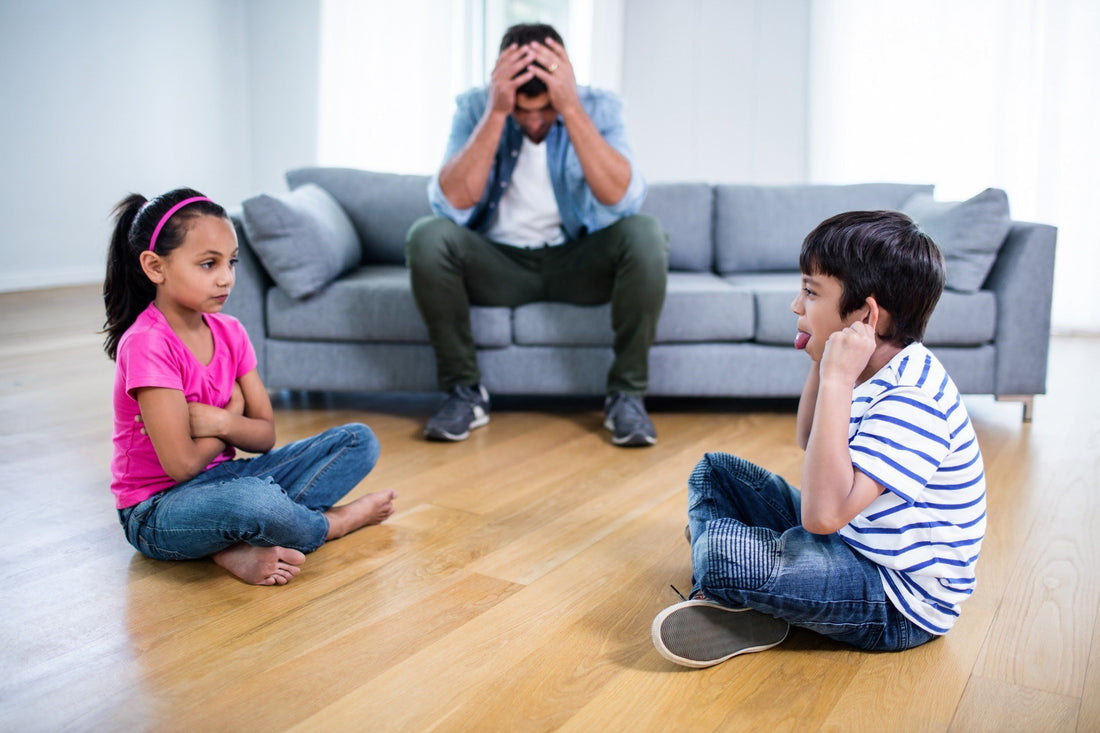As much as we’d like to avoid it, conflict is a normal part of childhood, especially between siblings and among classmates and friends. Teaching children the strategies below will help them navigate conflict resolution in a healthy and appropriate way.
Calm Your Body
Children experience big emotions such as anger or frustration and often don’t know how to manage them. This can lead to compounding feelings of stress, especially for kids who are prone to anxiety.
It’s difficult to think reasonably when emotions are high, so take a moment to acknowledge feelings and help everyone calm down before trying to resolve the issue. Encouraging children to take deep breaths, describe their feelings or take a walk to clear their head can be useful tools to reduce the intensity of the situation. Children who have a more difficult time regulating emotions might find drawing or playing with a sensory toy helpful in calming their body down.
Understand the Problem
Once everyone is calm, allow each child to state the issue from their perspective, speaking honestly and kindly to the group, or privately if necessary. Encourage the use of “I” statements, focusing on his or her own feelings. The children should speak directly to one another if possible, with the other child repeating back what they hear. This is the key to understanding another party’s point of view and developing empathy. This is also a good time to allow children to ask questions of the others, which can foster greater understanding.
It’s important to highlight that children do not have to agree in order to acknowledge the other person’s perspective. Take turns allowing each person to state their grievances until everyone feels that they have been heard. Over time children will learn the importance of being patient and listening while giving everyone a chance to express their feelings.
Encourage the children to listen and consider the other perspectives without judgment. This creates a safe space where children feel that they can express their feelings without being judged.
Apologize
A good apology acknowledges the mistake, accepts responsibility and offers a remedy. Encourage students to offer apologies and forgiveness as needed in the situation. Apologies can be simple, short, and either written or spoken, depending on the child’s age and ability. For children with anxiety, written apologies such as a letter or card are great alternatives to face-to-face interactions.
Work Together to Find a Solution
Focusing on cooperation instead of blame, have the children offer possible solutions to the problem. Give each child a chance to make a suggestion until an agreement is reached. Encourage ideals such as fairness, sharing and treating others with kindness and respect.
Finding agreement is one thing, but follow-through is another. Check back in with the children to see how their resolution has worked out and if they are getting along.
Sometimes, the best way to ease tensions between children is to give them time and space away from one another. If conflict becomes a recurrent issue, it’s okay to encourage children to find other relationships while still promoting respectful communication.


 Improve focus and clarity.
Improve focus and clarity.

